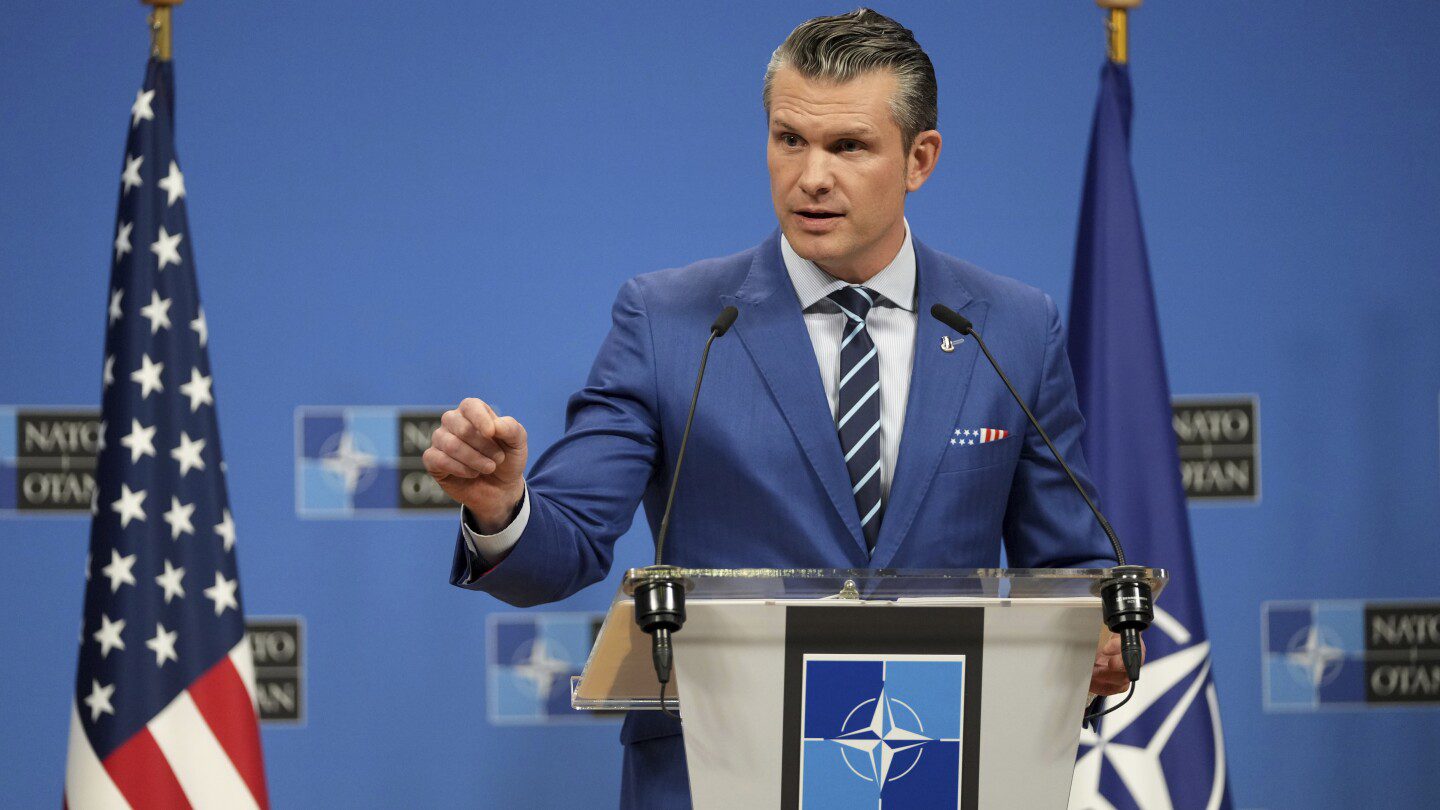
WASHINGTON (AP) — Defense Secretary Pete Hegseth has instructed the military branches to pinpoint $50 billion in programs slated for cuts in the upcoming year. The goal is to reallocate these funds to align with President Donald Trump’s key priorities.
Hegseth vows to adjust Pentagon expenditures to better support active-duty personnel. In a statement released late Wednesday, Robert Salesses, currently acting as the deputy secretary of defense, emphasized that “the time for preparation is over.” He highlighted that “unnecessary bureaucracy” and initiatives focused on climate change or “other progressive agendas,” such as diversity, equity, and inclusion (DEI), will be scrutinized for potential cuts.
“To fulfill President Trump’s directives, our focus is on priorities including border security, developing an advanced Iron Dome defense system for the U.S., and eliminating ineffective government DEI initiatives,” Salesses stated.
The Iron Dome is planned as a comprehensive, multi-layered air defense network, which Trump has suggested should have capabilities for intercepting missiles from space.
This proposed $50 billion reduction accounts for approximately 8% of the military budget, although it remains unclear which specific aspects of DEI or climate change-related spending would be targeted to achieve these savings. This includes programs aimed at procuring alternative fuels for military aircraft or enhancing base resilience against severe weather events, like the extensive damage inflicted on Tyndall Air Force Base in Florida during the 2018 hurricane.
The directive for budget cuts comes at a crucial time as the military formulates its fiscal year 2026 budget request, a process that traditionally begins late during presidential transitions. Hegseth has called on the Pentagon to identify offsets—programs that can be eliminated to free up funds for other needs—for fiscal year 2026, which begins on October 1.
These cuts could mirror the drastic single-year savings imposed during the 2013 sequestration, a congressional act enacted to compel budget deficit negotiations, which ultimately led to a $56 billion reduction across military services within a few months.
Due to the structure of military budgeting, long-term, high-cost procurement programs were shielded from cuts at that time, along with most entitlements like military retirement and healthcare. Consequently, the areas that faced the most significant reductions included operations, maintenance, and personnel expenditures. This resulted in a loss of skilled noncommissioned officers and cuts to essential training, such as flight hours, which subsequently led to a rise in military training accidents.
Since the sequester, both Congress and the armed services have introduced additional safeguards to protect operations and maintenance funding.









